Chris Larson
Telephonetic: Making Neural Language Models Robust to ASR and Semantic Noise
Jun 13, 2019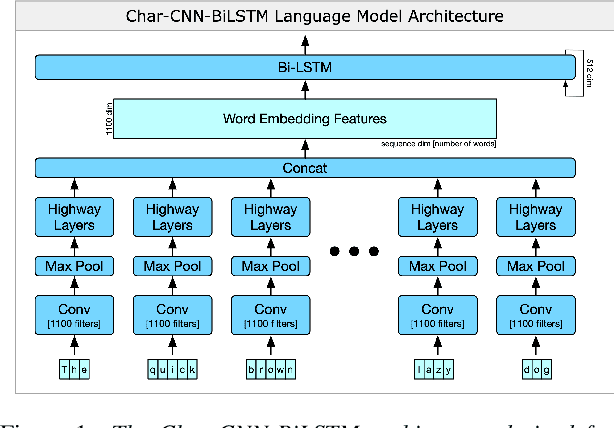
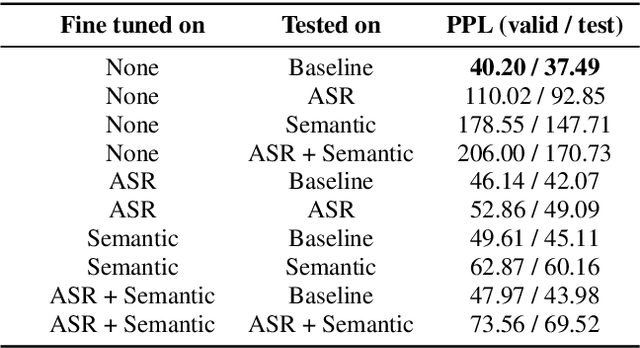

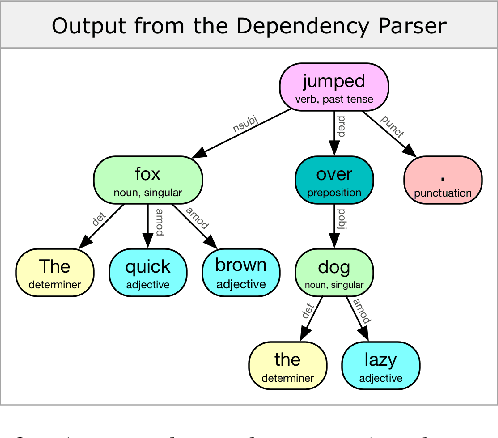
Abstract:Speech processing systems rely on robust feature extraction to handle phonetic and semantic variations found in natural language. While techniques exist for desensitizing features to common noise patterns produced by Speech-to-Text (STT) and Text-to-Speech (TTS) systems, the question remains how to best leverage state-of-the-art language models (which capture rich semantic features, but are trained on only written text) on inputs with ASR errors. In this paper, we present Telephonetic, a data augmentation framework that helps robustify language model features to ASR corrupted inputs. To capture phonetic alterations, we employ a character-level language model trained using probabilistic masking. Phonetic augmentations are generated in two stages: a TTS encoder (Tacotron 2, WaveGlow) and a STT decoder (DeepSpeech). Similarly, semantic perturbations are produced by sampling from nearby words in an embedding space, which is computed using the BERT language model. Words are selected for augmentation according to a hierarchical grammar sampling strategy. Telephonetic is evaluated on the Penn Treebank (PTB) corpus, and demonstrates its effectiveness as a bootstrapping technique for transferring neural language models to the speech domain. Notably, our language model achieves a test perplexity of 37.49 on PTB, which to our knowledge is state-of-the-art among models trained only on PTB.
A Deformable Interface for Human Touch Recognition using Stretchable Carbon Nanotube Dielectric Elastomer Sensors and Deep Neural Networks
Mar 24, 2018
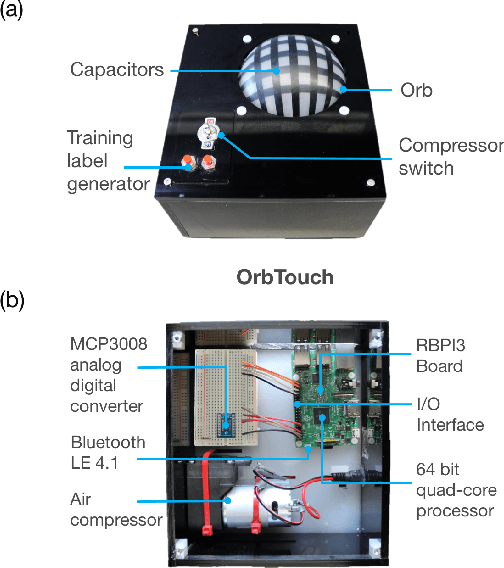
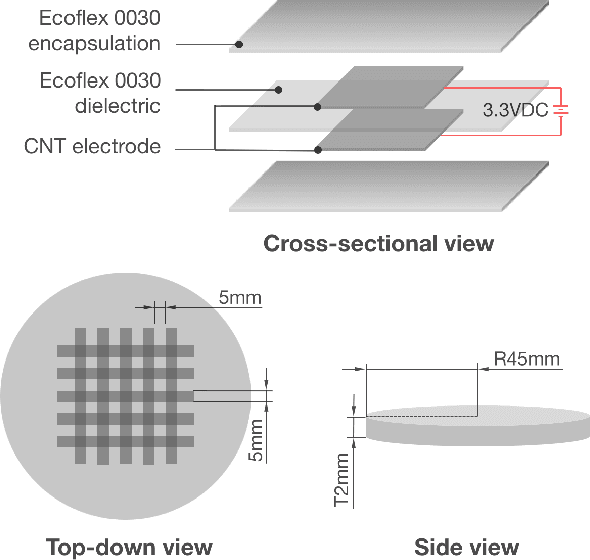
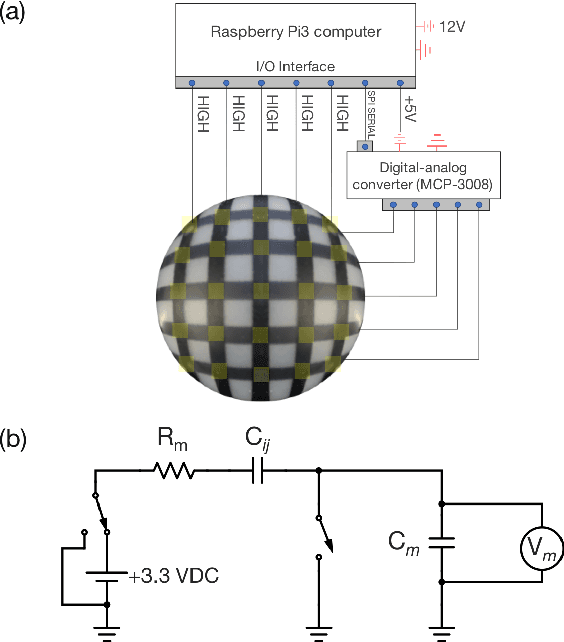
Abstract:User interfaces provide an interactive window between physical and virtual environments. A new concept in the field of human-computer interaction is a soft user interface; a compliant surface that facilitates touch interaction through deformation. Despite the potential of these interfaces, they currently lack a signal processing framework that can efficiently extract information from their deformation. Here we present OrbTouch, a device that uses statistical learning algorithms, based on convolutional neural networks, to map deformations from human touch to categorical labels (i.e., gestures) and touch location using stretchable capacitor signals as inputs. We demonstrate this approach by using the device to control the popular game Tetris. OrbTouch provides a modular, robust framework to interpret deformation in soft media, laying a foundation for new modes of human computer interaction through shape changing solids.
 Add to Chrome
Add to Chrome Add to Firefox
Add to Firefox Add to Edge
Add to Edge